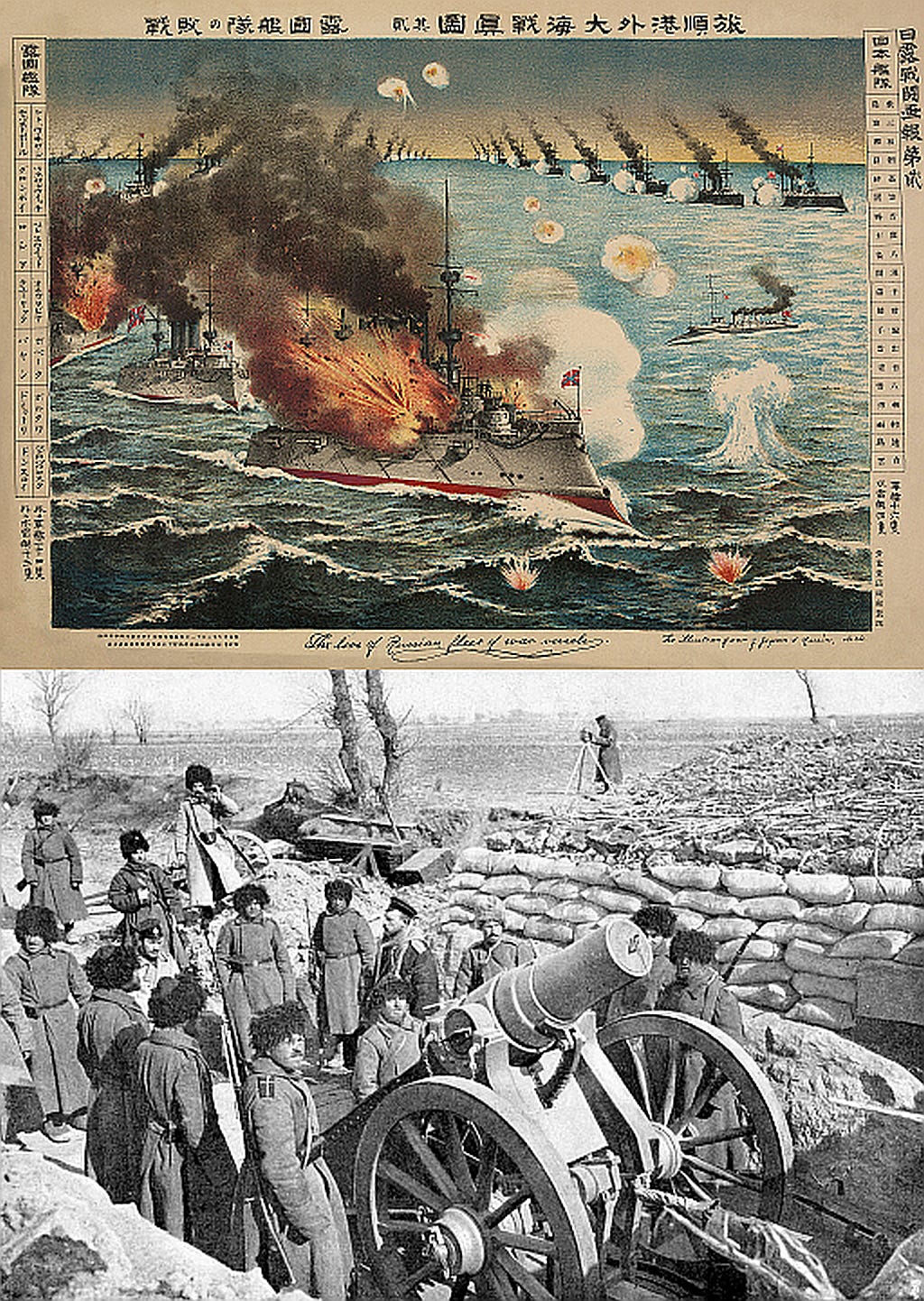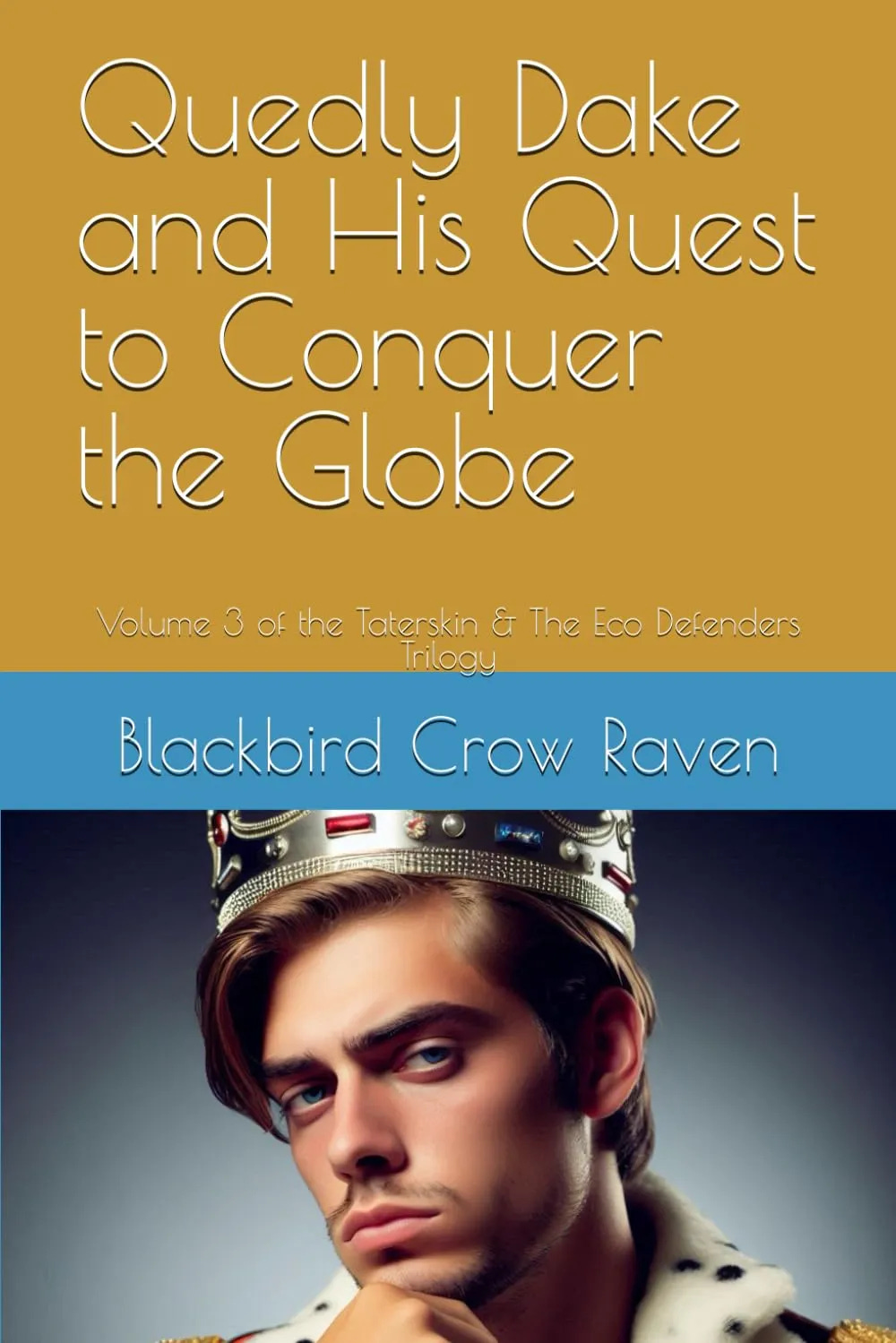The Mysteries of History (February 8 Edition)
Mary Queen of Scots, Dawes Act, Russo-Japanese War, Birth of a Nation
“Those who cannot remember the past are condemned to repeat it.” — Spanish-American philosopher George Santayana, 1905
1587 — Mary Queen of Scots Executed for Treason
public domain image from wikimedia commons
For being found guilty of being part of a conspiracy to kill Queen Elizabeth the First, Mary Queen of Scots was beheaded in England on this date in 1587.
On the death of her father, King James the Fifth, Mary became Queen of Scotland in 1542 when just six days old. In 1558, while in her middle teens, she married the future King of France. He became King the next year, and died the following year. After more royal drama revolving around her second husband (a cousin); their son James; her lover, the Earl of Bothwell; the “nobles,” and Queen Elizabeth, Mary was convicted of treason for her complicity in a plot to murder her supposed friend Elizabeth. Mary’s son, King James the Sixth of Scotland, became King of England and Ireland in 1603 following Elizabeth the First’s death at the age of sixty-nine.
Questions: How involved in Mary's upbringing was her mother? How involved in the raising of her son James was Mary? How long did that James (known both as King James the Sixth of Scotland and later as King James the First of England) rule over Scotland, and then over England, Scotland, and Ireland? What connection did James have with a translation of the Bible into English? What scandalous behavior on the part of Thomas Seymour was Queen Elizabeth the First a victim of? Who was Queen Elizabeth's mother? Who was Queen Elizabeth's father? 1887 — Dawes Act Breaks Up and Shrinks Tribal Land
image generated using Bing Image Creator
Because of their communal way of living, which grated the American Government, The Dawes Act was enacted on this date in 1887 (exactly 300 years after Mary Queen of Scots was beheaded). The legislation caused the breaking up of the land owned by Native American tribes. Some of the land was apportioned to individual members of the tribes. The real estate was only given to males, though, and the amount of land they each received was based on their family status (40 acres for boys, 80 acres for single men, and 160 acres for family men). This didn’t account for all of the land seized, though: five-eighths of it (86 million acres) was confiscated by the Government for its own use.
Even some who had no interest in the land and professed to care for the Native Americans subscribed to the theory “Kill the Indian and Save the Man.” This saying is not as violent as it may sound at first. Those that expressed it meant that the Native Americans would be better off if they gave up their traditional way of life and culture and adopted the ways and thinking of the European-Americans. Some apparently sincerely felt the Indians would be best served by being forced to assimilate into the kind of life led by the majority of Americans.
This initiative continued unabated for almost half a century, until 1934, when the Wheeler-Howard Act basically said, “Whoops! We made a mistake!” and tried to roll back the changes caused by the Dawes Act. Much of the damage could not be repaired, though, especially for those who had been adversely affected by it previously.
It’s worth noting that in early America (that is to say, in the early days of the colonization of America by Europeans), white people who had been kidnapped by Native Americans more often than not preferred to stay with the Indians — once they had grown accustomed to the Native way of life, few of the men and hardly any of the women wanted to return to their former communities, instead opting to stay with the Indians when given the opportunity of being “rescued.”
Questions: Why do you think the Government kept 62% of the land for themselves? How is it being used today? Who has benefited from it? Do you think it's right for outsiders to decide whether one culture is better than another? How might the saying, "It's cruel to be kind" apply in this situation? How would life be different for the Native Americans had they been allowed to keep their communal land and customs? In which culture would you rather live — the "White" way of life, or the "Indian" way of life?1904 — Japanese Surprise Attack Leads to Russian Revolution
public domain images from wikimedia commons
In 1904, the Russians had a naval base in China named Port Arthur (go figure). The Japanese, in a disagreement with Russia over who should control which land in the region, launched a surprise attack (shades of Pearl Harbor) on that base on this date that year.
The Russians underestimated the Japanese military and leadership, and suffered losses so severe during the ensuing “Russo-Japanese War” that they ended up realizing that their aims were hopeless and backed down.
Russia’s embarrassing round of military defeats paved the way for the Russian Revolution, which began in 1917, during The Great War/World War 1.
Japan, on the other hand, buoyed by their decisive victories over Russia, came into prominence as a major global power bent on further expansion of their empire (which would ultimately lead to ignominious defeat in World War 2 after being allied with America and Great Britain in fighting against the Germans in The Great War/World War 1).
Questions: Why was Port Author called that (it's neither a Chinese nor a Russian name)? the Japanese fight on the American/British side in World War 1 and then against them in World War 2? Which lands, if any, did Russia retain in the war zone following their defeat at the hands of the Japanese? Who brokered the Peace Treaty between Russia and Japan, and with what result to him? Which lands did Japan gain by means of the Russo-Japanese War, and how long did they keep them?1915 — Racist Propaganda Film “Birth of A Nation” Premieres
top image generated using Bing Image Creator; bottom images public domain from wikimedia commons
D.W. Griffith’s KKK-glorifying film Birth of a Nation was a “success” at the box office, but this may have been more because it was the first feature-length film rather than its popularity being a reflection on the quality of the story or the enthusiasm the public had for its white-supremacist message.
Before being renamed, the movie had a more straightforward title: The Clansman. Still, it should have been named The Klansman, as it quickly became obvious to viewers that the clans being depicted were not Scotsmen. The book on which the movie was based, The Clansman: A Historical Romance of the Ku Klux Klan, was written by a Baptist minister named Thomas Dixon in 1905. His father, also a Baptist minister, had been a slave-owner.
Due to its incendiary nature, the film provoked riots in many cities and was banned in others. Doubtless owing to the film’s popularity, the Ku Klux Klan came back to life in late 1915, like an uncleanness rising from the ash heaps.
Questions: Who was D.W. Griffith? What accounts for his pro-Confederacy viewpoint? Which film studio did Griffith form in 1919, and with which three still-household-name-today movie stars? Are propaganda films still being made today? Do you think films with abhorrent messages (shockingly offensive to a rational person) should be banned?









